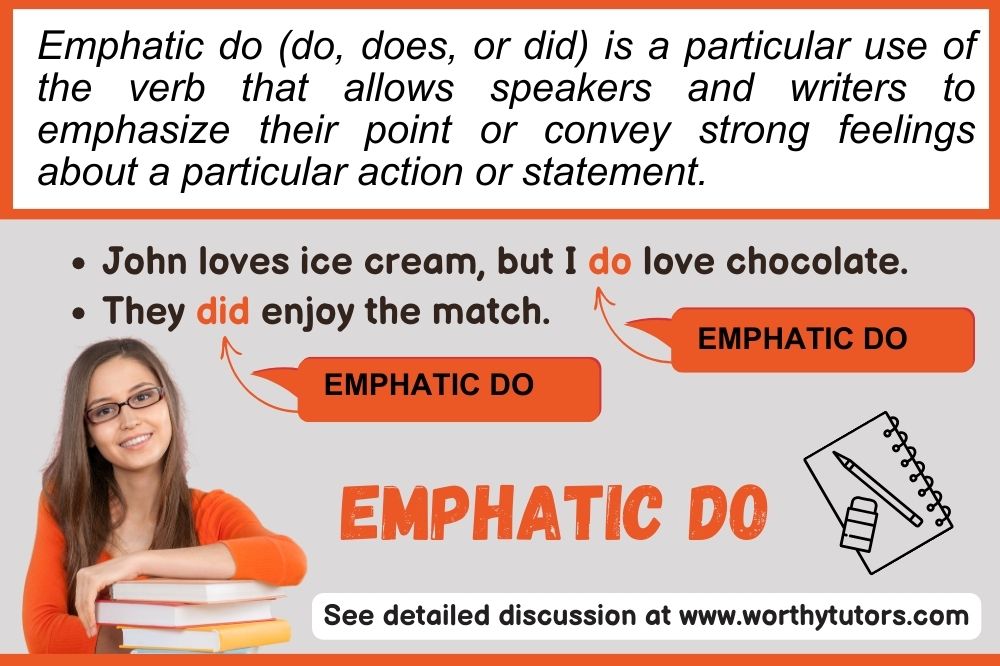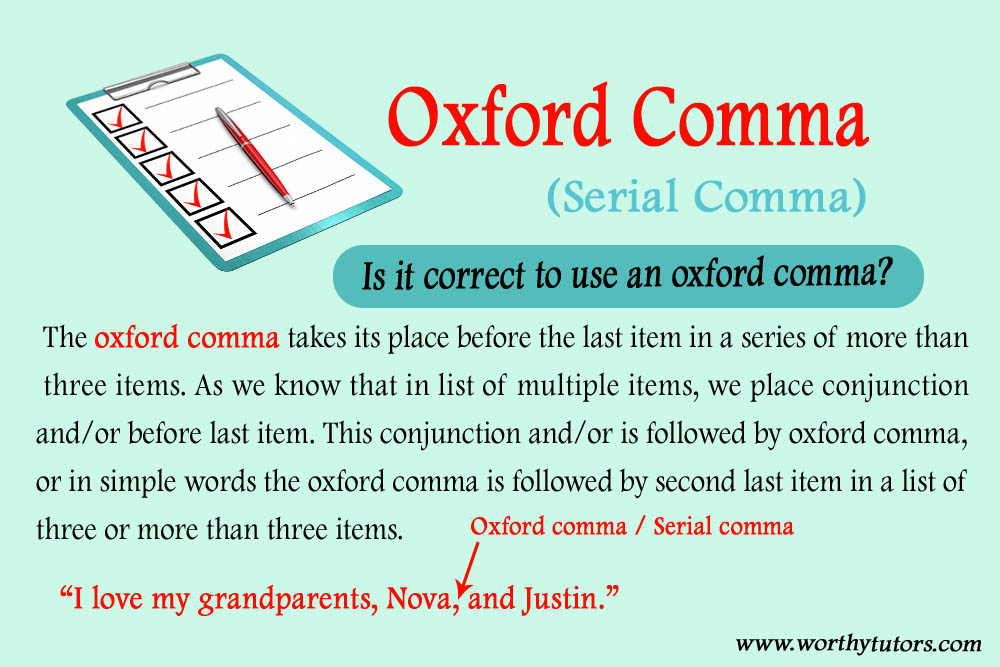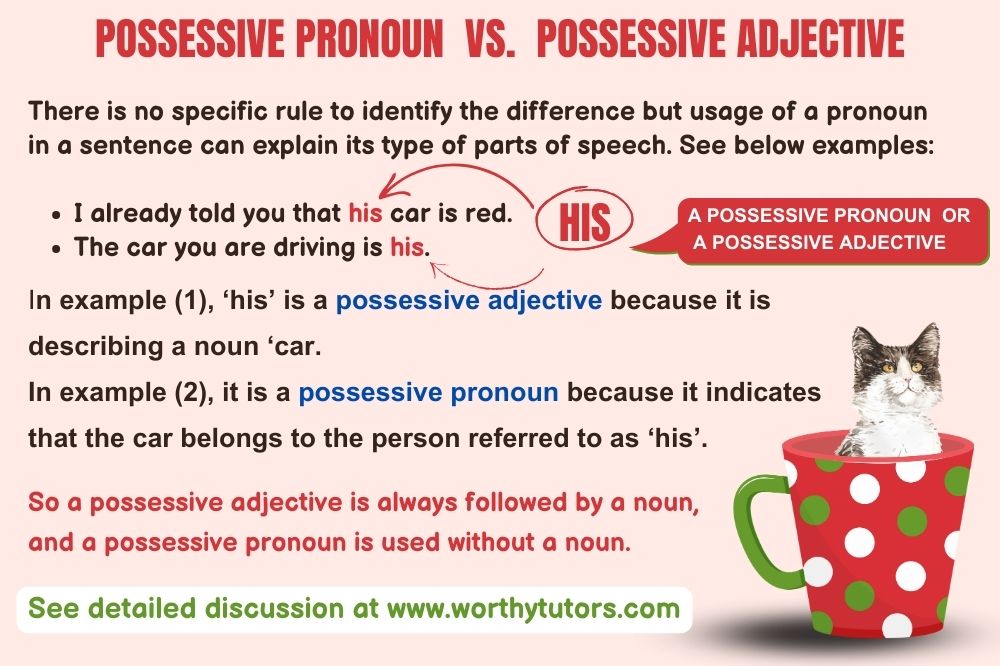
Emphatic do (do, does, or did) is a particular use of the verb that allows speakers and writers to emphasize their point or convey strong feelings about a particular action or statement. It can be used in various ways to give prominence to specific elements in a sentence, making communication more engaging and effective. People generally use emphatic in speech than in formal written English. In this article, we will discuss how to correctly use emphatic “do,” with numerous examples.
Use of do to form Questions and Negation
As Do and does are used to form questions and negatives in the simple present tense. See below examples:
- Dou you sing?
- They do not play football
We also use do to form tag question that we put at the end of a statement to affirm or negate the preceding statement.
- Does he play football? Doesn’t he?
- She does not love him? Does she?
Moreover, do and does are also used in short answers.
- Do you love music? Yes, I do.
In above example, if the tag question would be “Yes I love music”, it would be grammatically correct but it doesn’t sound natural. So in such cases, we use emphatic do.
Like Do and Does, Did is mainly used for making questions and negative sentences in the simple past tense. It is also used same like do and does.
- Did you fly kite? Yes, I did. (NOT Yes, I fly.)
- Did you read the book? No, I didn’t. (NOT No, I didn’t read.)
Understanding Emphatic “Do”:
Generally, we use do and does to make questions and negatives. However, we can use them in affirmative sentences for emotive emphasis when we feel strongly about something. Emphatic “do” is essentially the use of the auxiliary verb “do” (in various forms) in a sentence where it isn’t necessary for questions or negatives. Instead, it is employed to amplify the significance of a statement or question.
- I do love it.
- She does look beautiful in green shirt.
- He do walk in the evening.
- Reham thinks Jodi don’t love her, but he do love her.
You can use ‘emphatic do’ both in the present and in the past. Similarly like do and does, we also use did for emotive or contrastive emphasis In affirmative sentences.
- She did smile at me.
- They did enjoy the match.
- Almost everybody was feeling sleepy, but I did enjoy the movie.
Using Emphatic Do in writing
There are three primary ways to use emphatic “do”.
1. Emphasizing the Action:
- Correct: I do love chocolate.
- Incorrect: I do love chocolate, don’t I love vanilla?
In this form, emphatic “do” is used to underline the strong affection for chocolate. It’s important to note that it doesn’t turn the statement into a question, and therefore, the incorrect example creates confusion.
2. Emphasizing the Subject:
- Correct: John loves ice cream, but I do love chocolate.
- Incorrect: John loves ice cream, but I love chocolate.
In this usage, emphatic “do” highlights the contrast between the subject and others. The incorrect example lacks the necessary emphasis, making the sentence less impactful.
3. Emphasizing the Negation:
- Correct: She doesn’t like broccoli, but I do like it.
- Incorrect: She doesn’t like broccoli, but I like it.
In this scenario, “do” is used to stress the negation in the sentence. The incorrect example does not convey the same emphasis.
Conclusion:
Emphatic “do” is a valuable tool for adding emphasis to your statements in English. It can be used to highlight actions, subjects, or negations, depending on the context. However, it’s crucial to use it correctly and avoid common mistakes to ensure effective communication. Mastering the rules of using emphatic “do” will enhance your ability to convey meaning and emotion in your writing and speech.
You Might Be Interested In
Download PDF Book Parts of Speech





